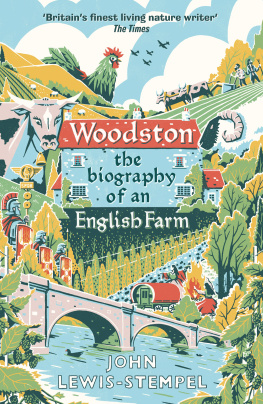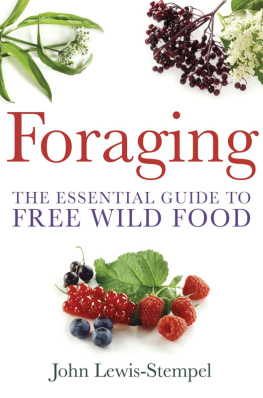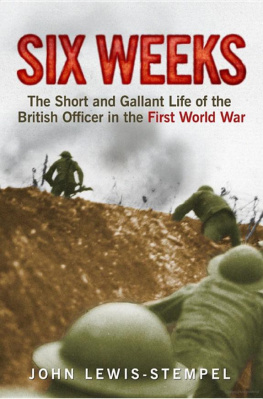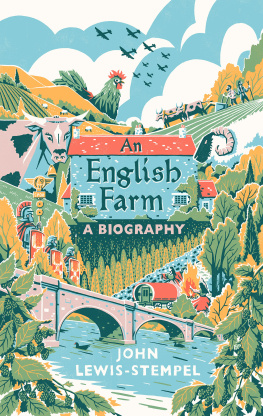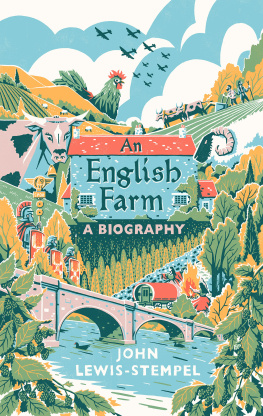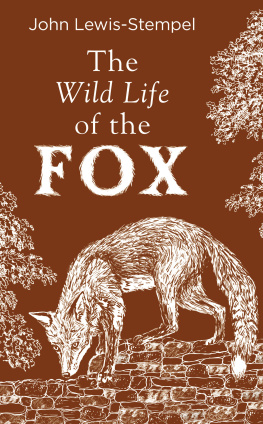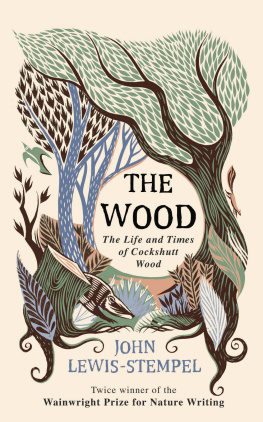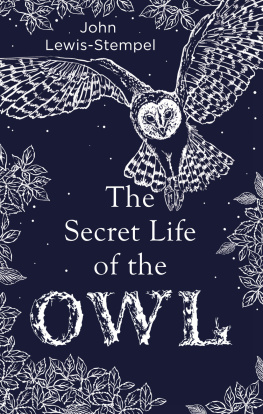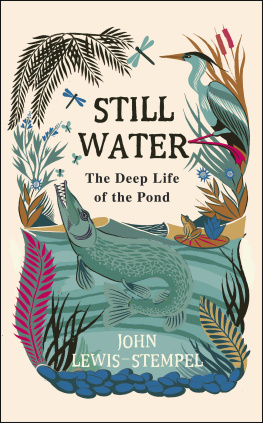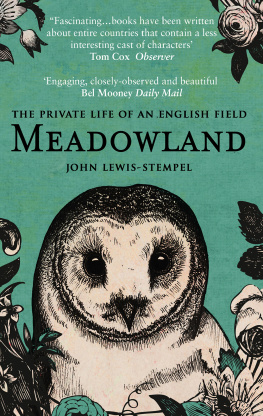Also by John Lewis-Stempel
Meadowland: The Private Life of an English Field
The Secret Life of the Owl
The Wildlife Garden
Foraging: The Essential Guide
Fatherhood: An Anthology
The Autobiography of the British Soldier
England: The Autobiography
The Wild Life: A Year of Living on Wild Food
Six Weeks: The Short and Gallant Life of the British Officer in the First World War
The War Behind the Wire: Life, Death and Heroism Amongst British Prisoners of War, 191418
The Running Hare: The Secret Life of Farmland
Where Poppies Blow: The British Soldier, Nature, the Great War
The Wood: The Life and Times of Cockshutt Wood
Still Water: The Deep Life of the Pond
The Glorious Life of the Oak
The Wild Life of the Fox
The Private Life of the Hare
John Lewis-Stempel
WOODSTON
The Biography of an English Farm

TRANSWORLD
UK | USA | Canada | Ireland | Australia
New Zealand | India | South Africa
Transworld is part of the Penguin Random House group of companies whose addresses can be found at global.penguinrandomhouse.com.

First published in Great Britain in 2021 by Doubleday
Copyright John Lewis-Stempel 2021
The moral right of the author has been asserted
Cover art direction by Beci Kelly/TW
Cover illustration: James Weston-Lewis
Every effort has been made to obtain the necessary permissions with reference to copyright material, both illustrative and quoted. We apologize for any omissions in this respect and will be pleased to make the appropriate acknowledgements in any future edition.
ISBN: 978-1-473-55860-1
This ebook is copyright material and must not be copied, reproduced, transferred, distributed, leased, licensed or publicly performed or used in any way except as specifically permitted in writing by the publishers, as allowed under the terms and conditions under which it was purchased or as strictly permitted by applicable copyright law. Any unauthorized distribution or use of this text may be a direct infringement of the authors and publishers rights and those responsible may be liable in law accordingly.
Modern history has been much too sparing in its prose pictures of pastoral life. A great general or statesman has never lacked the love of a biographer; but the thoughts and labours of men who lived remote from cities, and silently built up an improved race of sheep or cattle, whose influence was to be felt in every market, have no adequate record.
H. H. Dixon (18691953)
On English ground
You understand the letter, ere the fall,
How Adam lived in a garden. All the fields
Are tied up fast with hedges, nosegay-like;
The hills are crumpled plains, the plains, parterres,
The trees, round, woolly, ready to be clipped;
And if you seek for any wilderness
You find, at best, a park. A nature tamed
And grown domestic like a barn-door fowl,
Which does not awe you with its claws and beak,
Nor tempt you to an eyrie too high up,
But which, in cackling, sets you thinking of
Your eggs to-morrow at breakfast, in the pause
Of finer meditation.
From Aurora Leigh, Elizabeth Barrett Browning (180661)
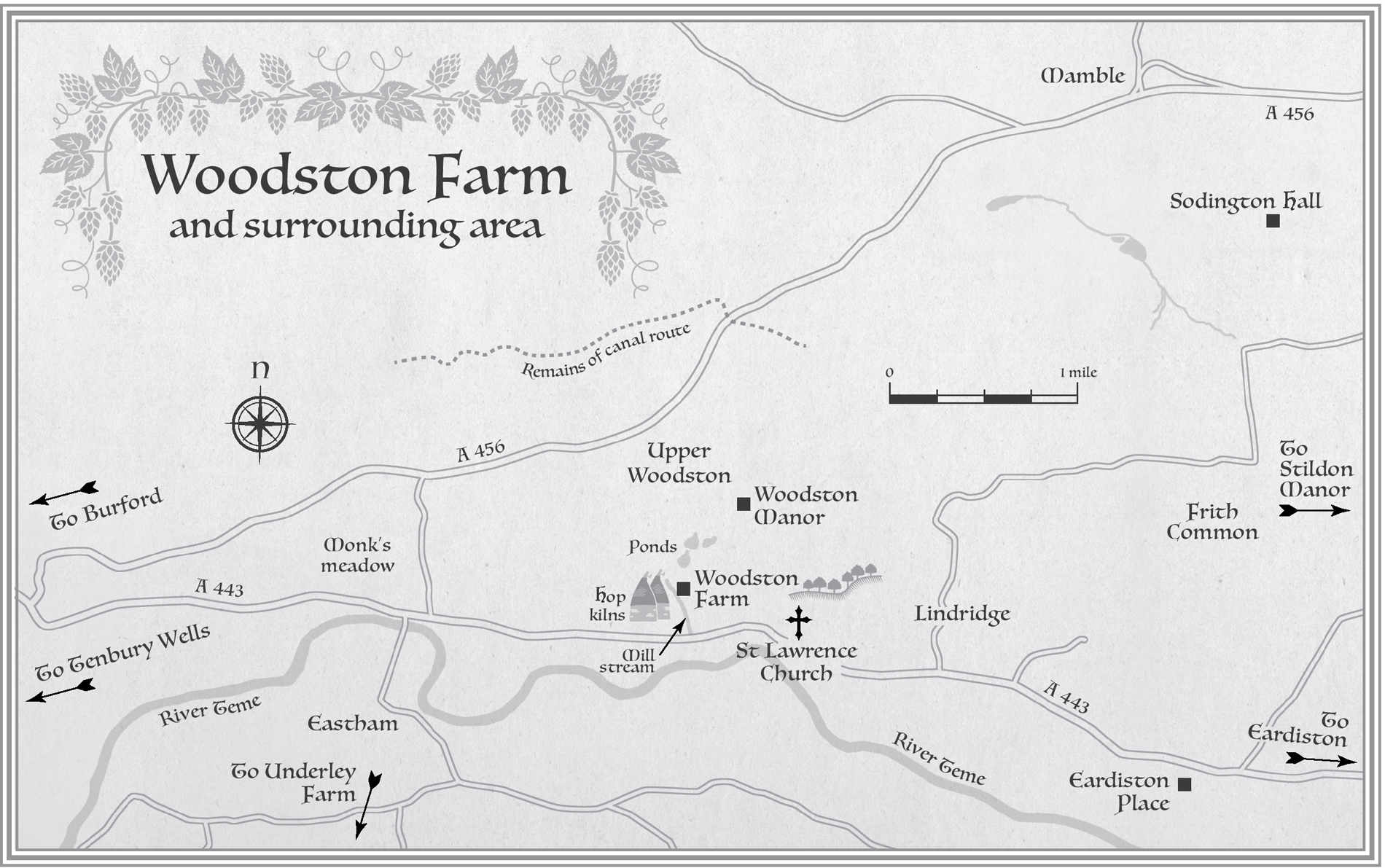
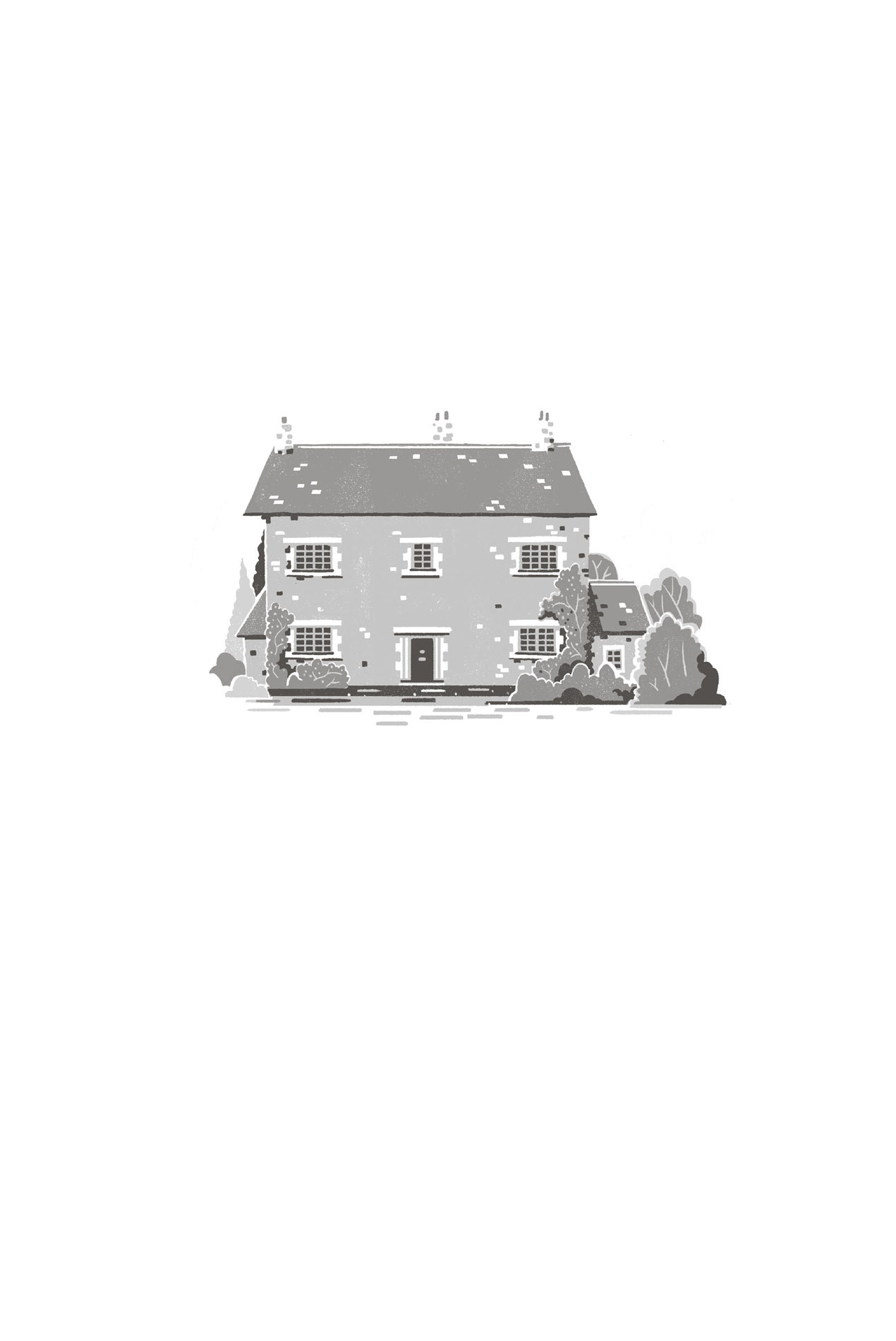

Prologue
Et in Arcadia Ego
A dedication to Joe and Margaret Amos
T HE GRAVEYARD IS SHROUDED in mist from the river.
Ive come here to meet people I cannot see, but the mist is blameless. My people are long dead.
In the dark tower of a yew tree a wren tisks its alarm call, as regular as the counting of clocks. Further away, in a vague fir, a robin sings an autumn hymn, muffled and melancholic.
Then, there they are: Percival Amos and Margaret Amos, their names inscribed in black on a grey marble headstone. The roots of the fir have tilted the stone; ivy clutches at it. Clagged with damp, their memorial needs a wipe of my coat sleeve for their names to shine.
I loved my maternal grandparents, and not just because they cared for me during tranches of my childhood, but also for what they were. They were the people of Thomas Grays Elegy Written in a Country Churchyard:
Oft did the harvest to their sickle yield,
Their furrow oft the stubborn glebe has broke;
How jocund did they drive their team afield!
How bowd the woods beneath their sturdy stroke!
Percival known to everyone as Joe and Margaret Amos were yeoman farmers, salt of the earth, the backbone of England. My grandmothers ancestors fought at Agincourt as men-at-arms; they were hard people, hard like the Herefordshire mountain they kept their sheep on.
For most of their adult lives they married in their early twenties Joe and Marg were tenant farmers, of hops, and for a decade or more farmed up the lane from here at Lindridge.
Time flies; ivy grows. My duty this morning is the pulling away of the evergreen parasitic tendrils.
I was last here in this churchyard beside the River Teme in the long hot summer. It was midday in late June, and a young guy in a baseball cap was varnishing a bench, encouraged by his girlfriend and her radio, though this was turned down reverently; a wood pigeon was roo-cooing in the heat, soft and somnolent. It was peaceful, and it was beautiful too. Bounded by the sparkling Teme and a row of red-brick cottages, St Marys in Tenbury Wells, Worcestershire, is the perfect English graveyard.
That day in June, with not a cloud in the sky, the sun blinded off the weathervane, a gold cross, on the Norman steeple. A sparrow flew to its nest, a hole in the stone of the nave. Swallows plastered their cup-home on an oak beam in the porch. The church gave both birds refuge.
The grass was full of flowers as I wandered down between the gravestones. Ox-eye daisy, borage, white clover, dandelion, meadow vetch.
In almost every floral-coloured aisle, an echo of a name gone now, a call on conscience and memory. Lambleys. Wilcocks. Yarnolds.
Kin.
Cabbage-white and meadow-brown butterflies blatted about in the silent air, indecisive, before settling on the lilac. There were mason bees, and the elders fruits were green and vital.
Odd, is it not, that to see living things today one often needs to visit the place of the dead? The churchyard of St Marys is Gods Acre. Today, in the great white peace of an October morning, a single thrush starts singing matins in the yew behind the nave.
Im not sure how old the yew trees of St Marys graveyard are. Taxus baccata can live for thousands of years. But I do know they have seen generations of my family come into this life, leave it. When I see the yews they recall to mind always four particular lines from Grays Elegy:

